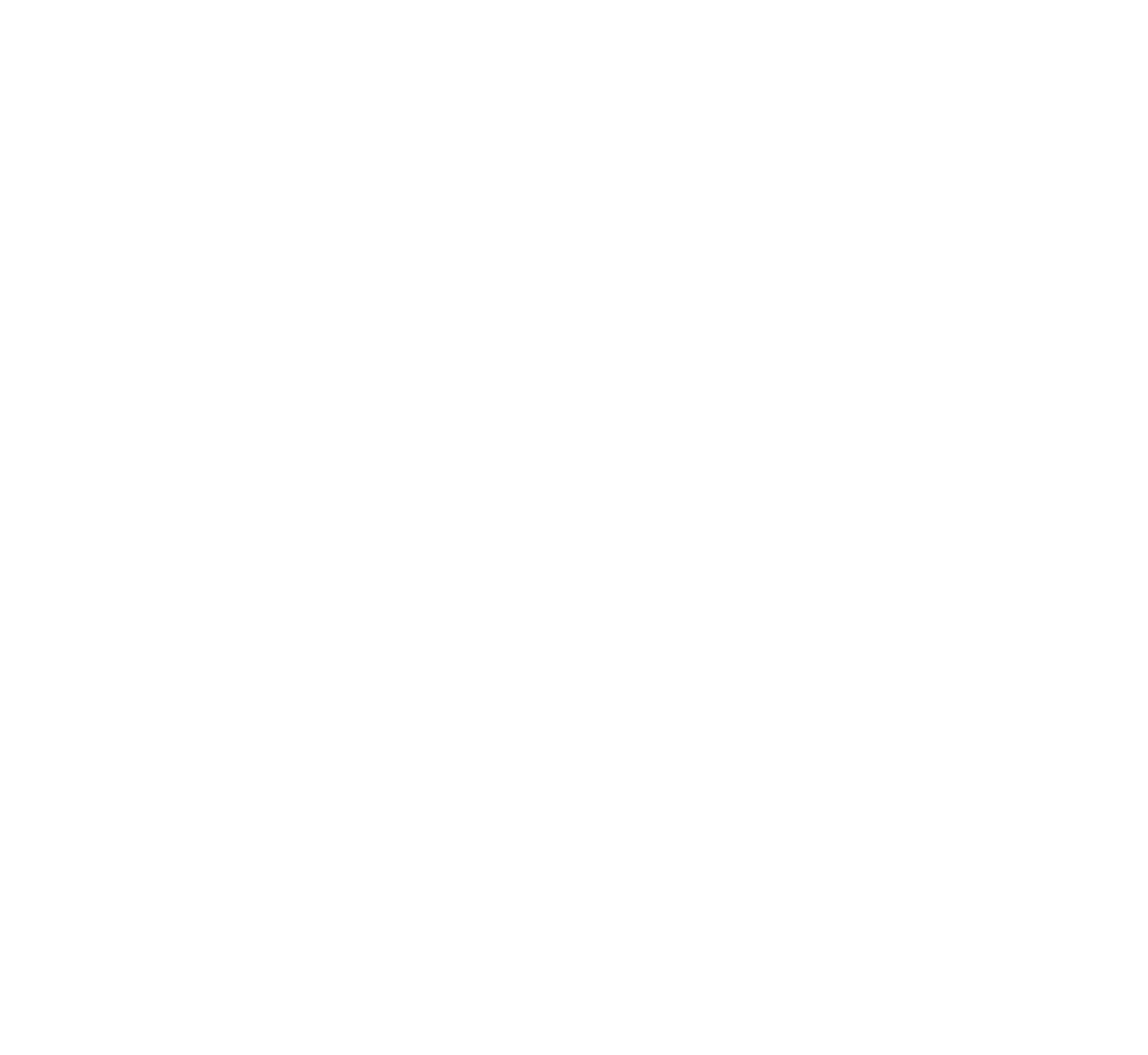
20
11
Erskine Nicol RSA ARA (1825-1904)
A Shebeen at Donnybrook
Oil on canvas, 61 x 87 cm (24 x 34½”)
Signed and dated 1851, old label verso
Exhibited: Edinburgh, Royal Scottish Academy, 1852, no. 74;
Cork, Crawford Gallery,
Whipping The Herring
, May-August 2006
The Ava Gallery, Clandeboye, “
Ireland, Her People and Landscape
”, June-September 2013, Cat. No. 37
Literature: “
Whipping the Herring
” 2006, p116, illustrated p117
“Ireland, Her People and Landscape
”, illustrated p. 44
€80,000 - 120,000
Erskine Nicol first visited Ireland from his native Scotland in
1846, the beginning of a longstanding relationship with the
country. Travelling through Ireland and especially Conne-
mara, Nicol witnessed the outbreak of the great potato famine
which devastated the over-populated West of Ireland causing
the death of more than a million people within ten years, with
another million forced to emigrate.The artist stayed in Ireland
until 1851 when he returned to Scotland, the same year that
he painted the present work.
Between 1850 and 1869 Nicol exhibited over ninety Irish
subjects at the Royal Scottish Academy and over twenty at
the Academy in London. After his fourth visit the artist re-
turned for some months every year until ill health prevented
him from travelling.. He is
better remembered as a genre painter, but as a recorder of an
Irish way of life he becomes historically important because
there were few artists working in Ireland at that time, a coun-
try devastated initially by famine and later by mass evictions
forcing mass emigration.
Donnybrook Fair attracted numerous artists, including Ed-
ward Glew, George Du Noyer, William Brocas and Samuel
Watson, who together with Nicol left a legacy of detailed
panoramas. The fair was held near Dublin ( now subsumed
with in the city), and attracted farmers from all over Ireland to
buy and sell livestock.The huge, centuries-old annual gather-
ing incorporated drinking booths, carousels and popular en-
tertainments, and lasted up to two weeks. In the 1860’s the
authorities finally succeeded in closing the event because of
‘revolting scenes of drunkenness and degrading immorality
which were enacted every August at Donnybrook. The festi-
val was the site of such predictable drunken violence that the
word ‘ donnybrook’ subsequently became synonymous with a
‘riotous assembly’.
A Shebeen at Donnybrook
(‘shebeen’ meaning an illegal drink-
ing house) shows more than twenty people in a triangular
composition surmounted by a piper. Allusions to fighting
are absent; instead there is the type of easy intimacy which
authorities equally disliked. The emphasis is on drunkenness,
and stereotypically stage Irishmen with red noses loll in the
corners. The one on the left adjusts a fiddle, another slouches
on the table in the centre, while behind someone shirls a shil-
lelagh to dance, and an old woman smokes a pipe.
The image is full of details of farmhouse paraphernalia, the
press in the background with its door ajar displaying its con-
tents, as shown previously by Grogan.The raggedness of peo-
ple’s clothes and the way the boy is dressed in tucked-up skirts
reflects Nicols’s attention to detail and his familiarity with his
subject.
The artist was made an Associate of the Royal Scottish Acad-
emy in 1855 and an Academician in 1859. Nicol exhibited at
the Royal Hibernian Academy and the Royal Academy and
was made an Associate there in 1866.
Claudia Kinmonth


